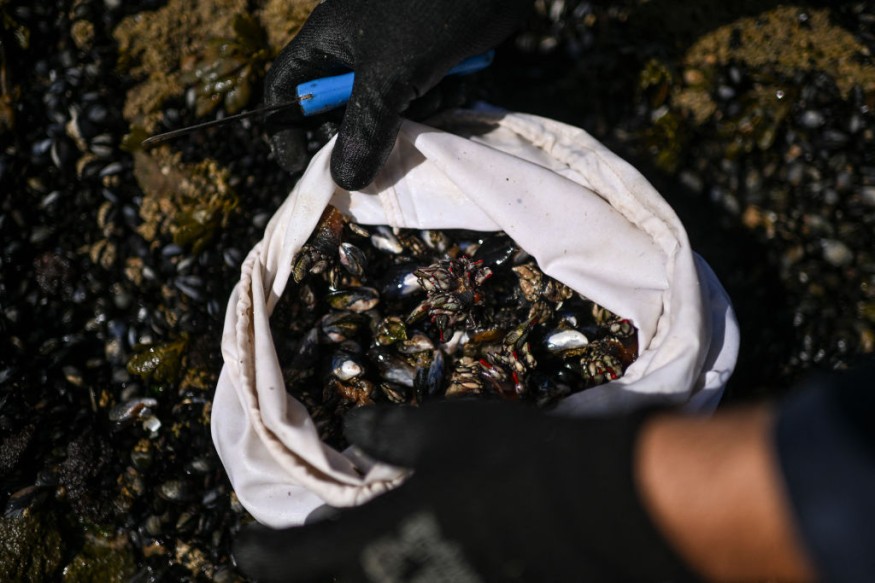The recent shellfish poisoning in Oregon resulted in the closure of entire coastlines to mitigate the potential health effects, which affected about 20 individuals.
People visiting Oregon coastlines should be aware of the potential health effects of shellfish in the region. According to a report, shellfish poisoning occurred, causing authorities to conduct mussel harvesting to control possible health concerns.
People can get sick when they consume contaminated shellfish containing viruses or bacteria. These shellfish include clams, mussels, shrimp, oysters, and crabs. If people feel any symptoms of food poisoning associated with eating shellfish, it is best to consult nearby clinics or hospitals immediately.
Oregon shellfish contamination

A report also detected contamination in the Oregon coast's bay clams, razor clams, and oysters. For people with travel plans, it is best to limit the areas or avoid eating shellfish, which is prone to contamination.
Additionally, the first case of elevated toxin levels was found in Oregon's north and central coast on May 17, prompting authorities to respond immediately to the possible health issue.
While the event is unprecedented, homeowners can better protect themselves from illnesses by avoiding exposure to said areas. The report highlights that multiple shellfish are affected.
Due to potential health risks, state health officials announced that individuals who consumed or harvested shellfish since May 13 should undergo a survey to analyze the likelihood of the outbreak.
In addition, Washington state closed the Pacific coastline to mitigate the shellfish outbreak and harvest oysters, mussels, scallops, and clams. For the razor clam ban, the extent is banned along 185 miles of Oregon, from Yachats to the California state line.
To prevent contamination, the commercial oyster is also closed in Netarts and Tillamook bays on Oregon's north coast. To control the outbreak, The Oregon Department of Agriculture is expected to conduct testing to check for shellfish toxins at least twice a month.
Also Read : Invasive Mussels Threaten Boats, Waters At Yellowstone National Park With Potential Ecological Damage
Keeping safe from shellfish outbreak
According to the report, Parasitic shellfish poisoning (PSP) is caused by a toxin produced by algae called saxitoxin. Those who have eaten contaminated shellfish can experience numbness, diarrhea, vomiting, and shortness of breath.
Other health issues could include abdominal pain and cramps. When the situation becomes severe, ventilation support is needed to breathe.
According to the report, cooking and freezing contaminated shellfish are ineffective in preventing the toxins, which can likely result in health risks.
In addition, people can feel the early symptoms of PSP, which are tingling of the lips and tongue that could spread over fingers and toes. They may also feel a sense of floating or being nauseous.
When it worsens or people consume enough toxins, the abdomen and chest muscles are affected. This condition can potentially kill people.
Related Article : Mussels Can Help Protect Belgium's Coast From Erosion, New Report Shows
For more similar stories, don't forget to follow Nature World News.
© 2026 NatureWorldNews.com All rights reserved. Do not reproduce without permission.





